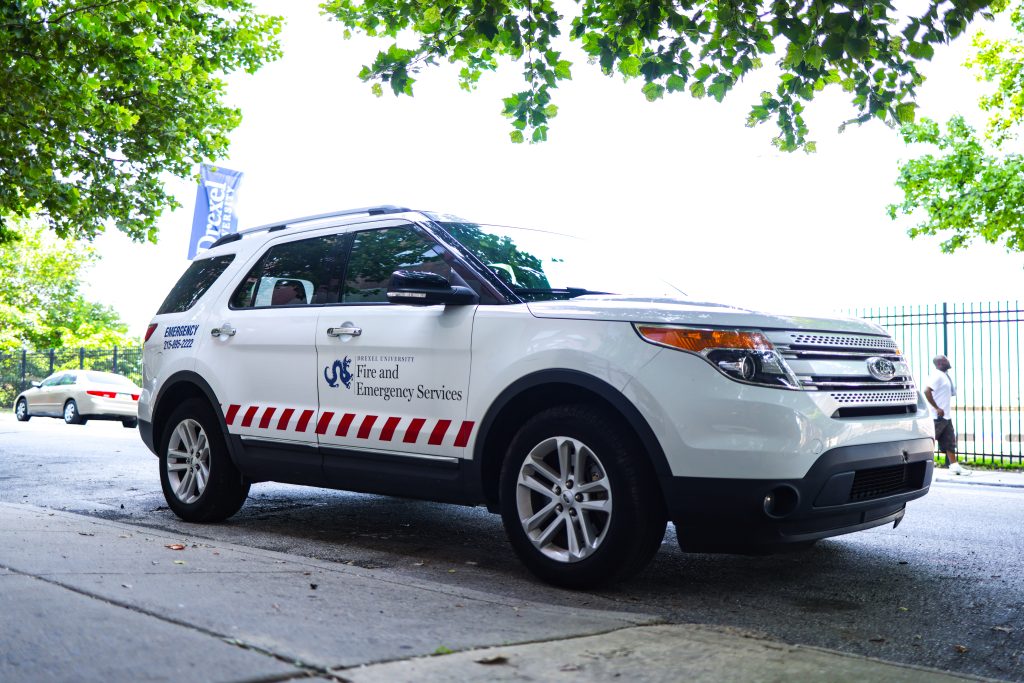
A preliminary budget proposal for the Department of Health and Human Services that was leaked from the White House in March would cut a $56 million grant for naloxone distribution and training in fiscal year 2026.
Naloxone, commonly known by the brand name Narcan, is a life-saving medication available as a nasal spray and intramuscular injection that is used to rapidly reverse opioid overdoses. Philadelphia alone had a total of 1,315 overdose deaths in 2023. After vast citywide efforts to distribute over 130,000 doses of naloxone at health centers and through door-to-door canvassing, fatal overdoses in 2023 decreased by 7 percent from 2022. Many experts suggest that widespread naloxone access is a significant factor in the decline.
“On Drexel’s campus, we have had two situations in the last year in which Narcan was given,” Kristina Kauffman, chief of Drexel University Emergency Medical Services, said. “Having increased access to Naloxone plays a huge role… In the short-term, patients go from barely breathing to breathing regularly, which allows blood to adequately perfuse their brain.”
The draft of the HHS budget proposal contains $33.3 billion of cuts; slashing the budget to this degree would eradicate the Substance Abuse and Mental Health Services Administration, a federal agency that leads various public health efforts surrounding mental health, substance use and prevention.
One of these programs is the First Responders-Comprehensive Addiction and Recovery Act, which utilizes $56 million annually to support first responders for training, administration and distribution of naloxone. FR-CARA provided over 100,000 opioid overdose reversal medication kits and trained over 75,000 people on proper usage in 2023. With the proposed HHS budget and elimination of SAMHSA, this program and dozens of others would no longer receive federal funding.
“At work, I administer Narcan around twice a week…my coworkers administer Narcan around eight to nine times a week,” says Gabriella Ryan, an emergency medical technician based in Philadelphia and Master of Public Health student at Drexel.
“All of our members receive in-house training on administering Naloxone,” says Chief Kauffman, “and we participate in the distribution of take-home Naloxone as well as teaching classes for the public on how and when to use Naloxone… In-home naloxone that can be administered prior to the arrival of Emergency Services in the case of an overdose can have a great outcome [for] patient recovery.”
Gabriella described an instance where she encountered someone lying on the street, appearing unresponsive. She administered two doses of intranasal naloxone and two doses of intramuscular naloxone, and the person responded to the second intramuscular dose.
“These budget cuts would be incredibly dangerous,” Ryan emphasized. “It’s very scary to think about how much worse the [opioid] crisis could get in Philadelphia alone.”


